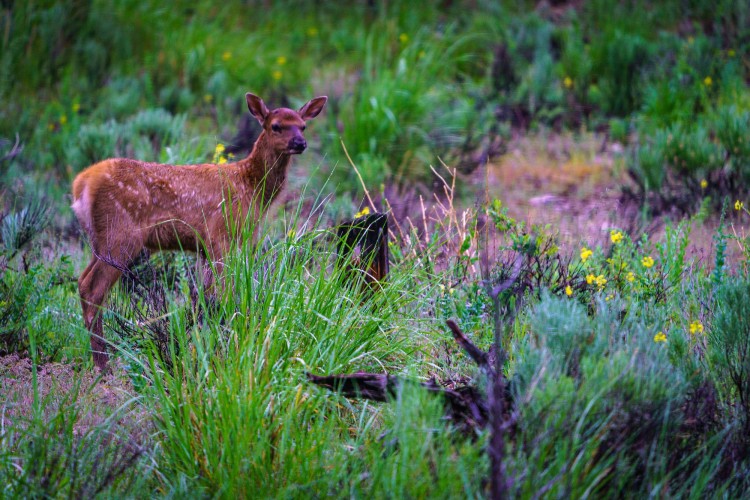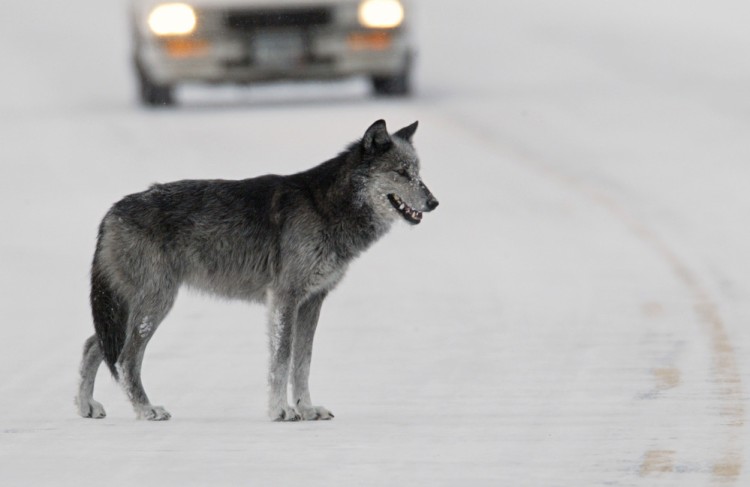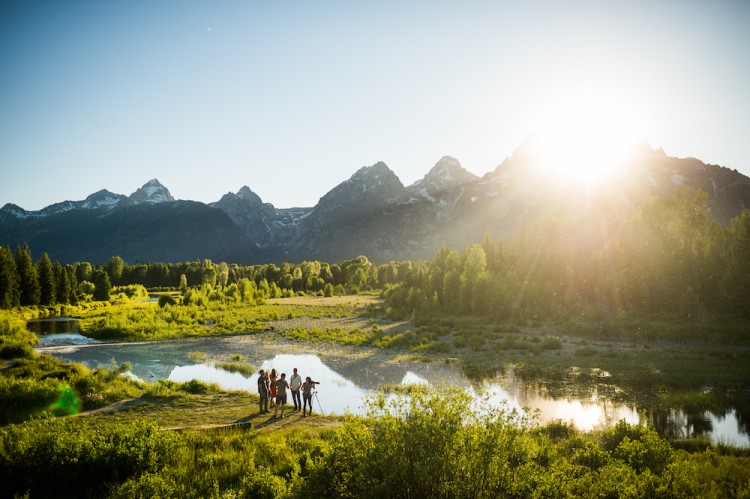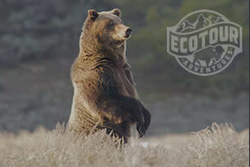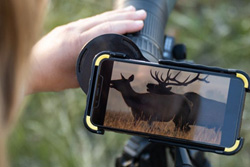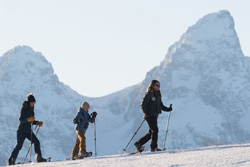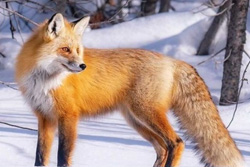Jackson Hole Wildlife Log Late January 2017
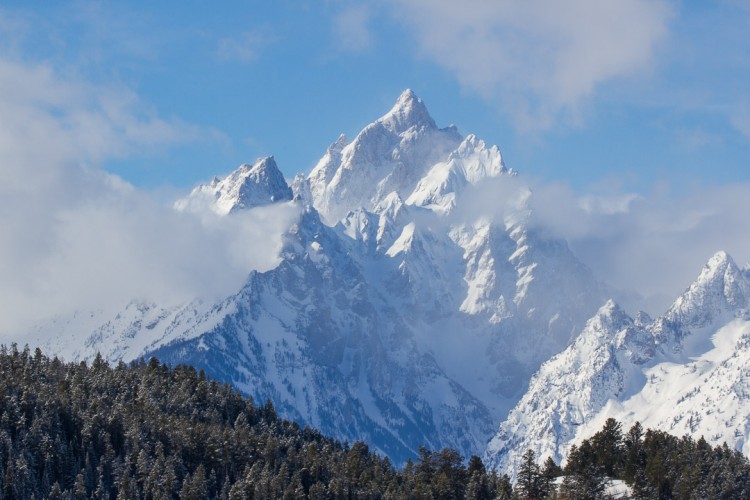

The first month of 2017 was a snowy one in Jackson Hole with many locals calling this winter one of the snowiest in several decades. Deep snows have concentrated wildlife into the valley, with many of them venturing right into town! Ecotour guides have been finding wildlife all over Grand Teton National Park and the National Elk Refuge including these highlights from the past two weeks. Additional photos are available here.
Caution! Wildlife along roadside!
As snow depths continue to increase animals are frequently using roads to travel and forage. A small group of bighorn sheep has been active just north of town, including blocking the road on numerous occasions. Mule deer are frequent roadside visitors, and sadly have suffered high losses to collisions with cars, especially this year. Our friends at the Jackson Hole Conservation Alliance, Greater Yellowstone Coalition, and Jackson Hole Wildlife Foundation recently enacted emergency measures to reduce collisions before more permanent wildlife crossings are implemented along our roads. In the meantime, motorists are reminded to slow down and watch for wildlife!
Winter of the Wolf
As our herds of big game struggle with deepening snows, predators come into their strongest time of year. Wolves have been sighted frequently this winter, including this single black, likely from the Huckleberry pack, in the following video.
Ecotour guides found several other wolves on two separate carcasses in this area recently. Watch the next video to see just how many animals benefit from a wolf kill!
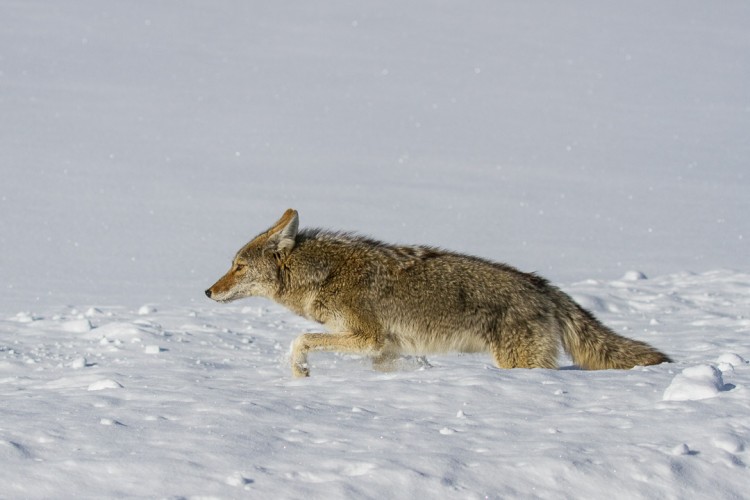
Winged Sightings
Deep snows have buried all but the tips of the sagebrush plants greater sage grouse depend on to feed leading to concentrated sightings beneath the Teton Range (see photo gallery). For other birds, habitat has opened up. Though the month was a snowy one, warmer temperatures did allow for some bodies of water such as Flat Creek to partially thaw, providing valuable forage habitat for trumpeter swans and other waterfowl such as barrows and common goldeneye, gadwall, bufflehead, and mallards.
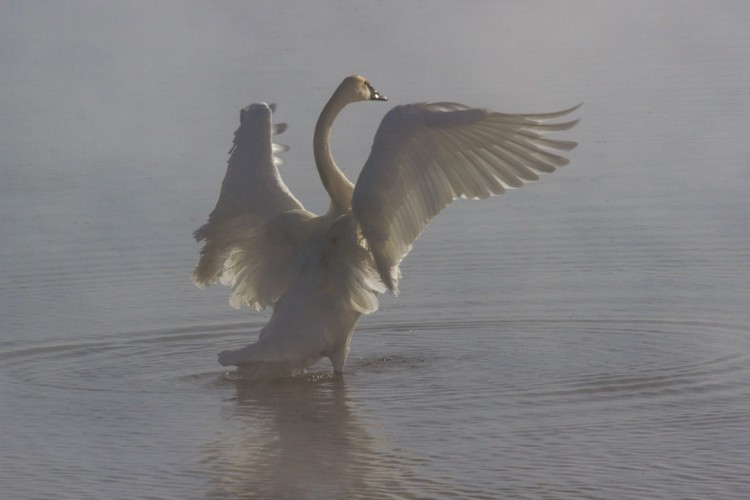
Rough-legged hawks have not been observed on tours recently, likely having headed further south before making the return trip northward to Arctic nesting territories. Bald and Golden eagles are thriving by scavenging on the increasing number of animals unable to survive winter’s grasp.
Guides also found a great horned owl on a recent trip. These large owls are beginning to show signs (and sounds!) of courtship. They must incubate eggs earlier than many other bird species in order for owlets to grow large enough to survive on their own next winter!
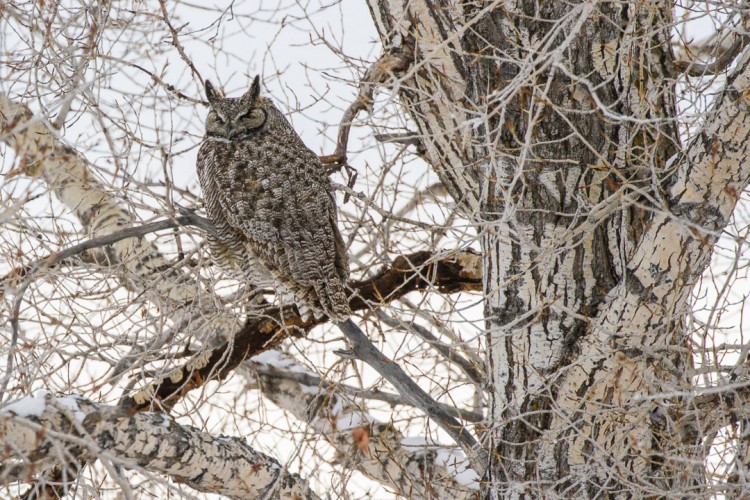
Winter wonderland
Scenery is also a highlight of visiting Jackson Hole in winter. The crisp clean air of winter increases our vibrant sunsets and dark skies reveal the infinity of space above the teton range.
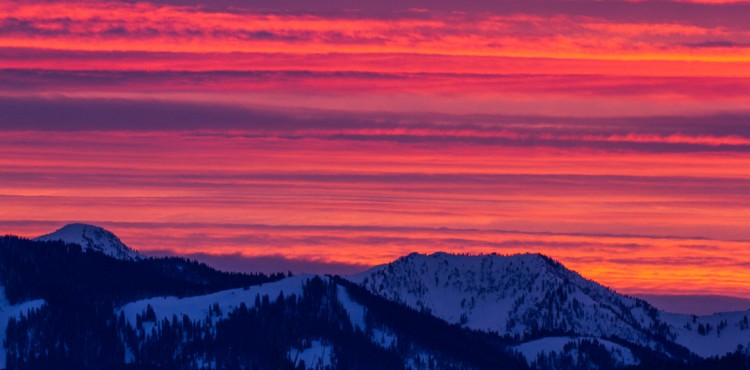
Sunset over the Palisades Wilderness Study Area south of Jackson Hole.
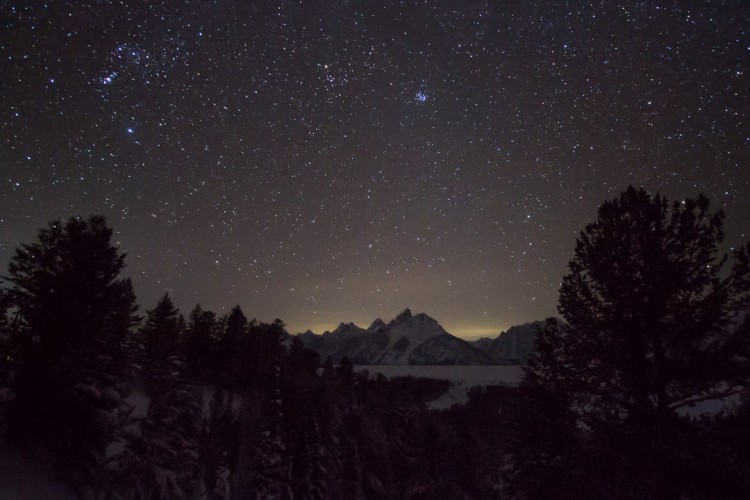
A dangerous time for wildlife
Though the deep snows and stunning landscapes of Jackson Hole make it an adventurer's paradise, this winter has been especially hard on wildlife. Animals are living off of fat reserves from the previous summer and many cannot survive. Not disturbing animals, watching out for wildlife along roadsides, and staying out of winter closures is critical for their survival. Spring is after all, still several months away.
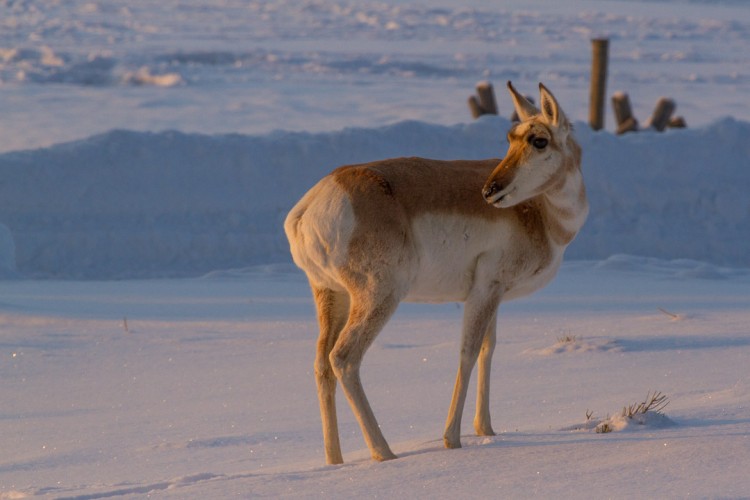
With wildlife concentrated in the valley floors, winter wildlife watching is a must do for Jackson Hole, we have many more photos of recent sightings available on our facebook page. To learn more about going on an Ecotour Adventure visit our website or call (307) 690-9533. We hope to see you soon!
Photos and blog by Naturalist Josh Metten




